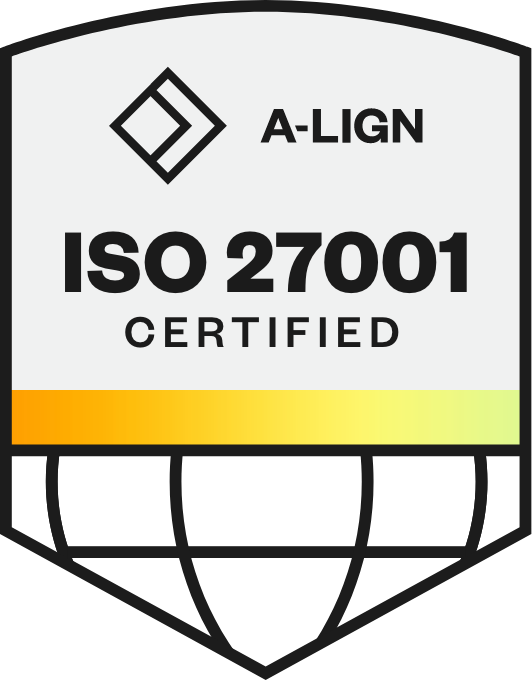Okiok released version 4.10.0 of S-Filer/Portal™.
Features
The following important features have been added in this release:
Dynamic theme in web interface
This release adds the possibility to have different UI themes displayed to different users of the same S-Filer/Portal instance.
It was already possible for an S-Filer/Portal web interface to define multiple themes, however by configuration only one was active. In this update, the active configuration will be migrated to be the default theme, the theme that applies when no rules override it. A few mechanisms can be used to override the default theme:
- Groups A specific theme can be set on a group such that all members in this group will use the specified theme. After logging in, the theme will be changed to reflect the theme based on the groups of the authenticating user. By default groups do not override the theme for users, however if a user is a member of two groups which specify conflicting themes, then the default theme will be used as a fallback.
- Query String When accessing the web interface, in the URL bar, we can add a parameter to override the theme. This is useful since the group approach only applies after the login screen so in order to have the desired theme on the login page, this approach must be used. You can check the themes on our corporate instance below.
- Cookie Since the query string mechanism only works for the first page that is accessed, we use a cookie to remember the overriden theme so that all pages will use the overriden theme from the query string of the first page.
Example of dynamic themes
| Theme | URL |
| okiok | /sfiler/Login.action?theme=okiok |
| okiok-light | /sfiler/Login.action?theme=okiok-light |
| okiok-corporate | /sfiler/Login.action?theme=okiok-corporate |
Mail notification themes
To complement the previous feature, we have added the concept of “theme” to mail notification as well. Previously, only one set of mail notifications was available, but the notifications were available in all supported languages. Now the server can handle many different sets of mail notifications based on the various themes.
Updating
In order to be able to make the upgrade procedure transparent for all our clients which have customized the mail notifications, we used a clever trick. Previously, the mail notifications were stored in the folder etc/mail/notification/<languages>/<actual notification files>. The new configuration required the addition of a folder level for the “theme”, so we decided to name the default theme “notification”.
| Base path | Default theme | Full path | |
| Old | /etc/mail/notification | <NONE> | /etc/mail/notification |
| New | /etc/mail | notification | /etc/mail/notification |
The upgrade to the configuration is performed automatically when the server is started after the upgrade. However, if the base path had been modified from its default value, then no change is made and the folder structure will need to be adjusted manually.
Known Issues
There are no known issues at this point.
Updating
This section describes an update from 4.9.0
- This update does involve database schema changes, make sure to backup the database before performing the update in the configuration interface
- This update changes how UI themes are used, but it is compatible with existing UI themes
- This update changes the email templates, see this section for details
- This update changes the values in configuration files and migrates configurations related to mail notifications from the old style to the new format automatically. However, it is recommended to take a backup of those config files before starting the update.
Previous Releases











